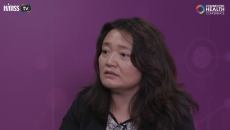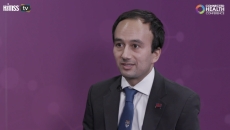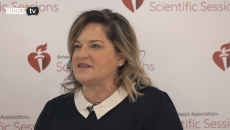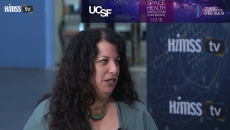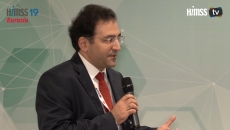HIMSS TV
Remote patient monitoring and digital cognitive health tools are two big areas of interest in Canada as the country seeks improvements to its health system, says Di Jiang, team lead for connected health at National Research Council Canada.
Active monitoring can ask questions while sensors can go deeper into mood and anxiety levels, according Rashmi Patel, Fulbright Scholar at Beth Israel Deaconess Medical Center.
physIQ's Karen Larimer highlights the takeaways for clinicians of her company's work to extract raw sensor readings from sensors.
Lisa Suennen, chair of the strategic advisory board of the Translational Research Institute for Space Health, details ways startups can apply for grants to help accelerate product development.
Reda Alhajj, a professor at the University of Calgary, says Alberta has made big strides in digital transformation with the implementation of technology as it aims for patient-centric care.
Ilker Köse, technology transfer office director at Istanbul Medipol University in Turkey, says EMRAM is used as a tool to manage healthcare, but it's important for all stakeholders to work collaboratively in order to improve outcomes.
Sonia Khayat, general director of International Cooperation at Ministry of Health in Tunisia, says the speed at which Turkey has transformed digitally is seen as an excellent model to learn from.
Chris Wasden, head of pharma at Happify Health, says key benefits of attending conferences such as the AHA Scientific Sessions are the chance to make new connections and directly address physicians.
Application designs that are patient-centric can keep users motivated to continue to use them, says Ayumi Maruyama, president of Triple Regards.
Vuno Medical Director Hyunho Park describes a handful of recent academic projects employing algorithms and how similar technologies are making the jump into care.
